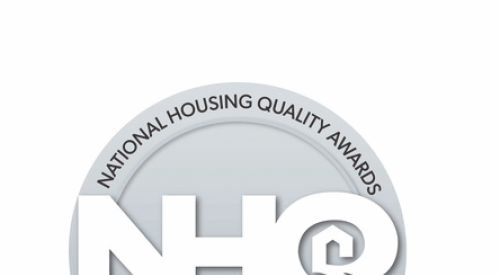|
Increasing profit, quality products and services, agility, lower overhead, and operating costs are the key benchmarks vital to the performance and culture of successful firms. What can't be overlooked is the invisible infrastructure that makes speed in the management fast lane possible.
Selecting a philosophy and infrastructure is the road map that drives everyone in your organization to the same destination. The Malcolm Baldrige process is one place to start, but other philosophies also work. It is important to have a philosophy in place from the start to direct your efforts and ensure that managers look at all parts of the organization. A savvy manager should recognize the good segments in each offering, cut out the distracting ones and link the different parts that must work together for the benefit of the organization.
The common ingredients (and systematized usage) are found in employing the core contributions of:
- Strategic development and strategy deployment (Malcolm Baldrige)
- Process management and impact insight (performance measurement, customer relationship and care)
- Standard quality management approaches (ISO 9000)
- Recognizing and removing low-value activities (Kaizen or a version of lean manufacturing)
- Building innovation agility and breakthrough capability (Six Sigma)
Why Malcolm Baldrige Works Well
The Malcolm Baldrige National Award criteria are constantly updated based on actual best practices and success in industry performance. They provide a well-integrated evaluation process for gaining rapid insight into the "as-practiced" organizational culture and its management systems. They can quickly isolate removable obstacles and point out improvement opportunities on the road to excellence.
The criteria provide a proven, productive business philosophy. This core philosophy and its customer- and performance-oriented values can be adopted easily by any organization. It provides a compact but well-integrated management format that focuses on all necessary components of a well-managed, agile organization.
Baldrige has seven interactive components, each with criteria to recognize the organization's level of maturity and most productive next steps:
- Leadership addresses how the organization's leaders guide and review organizational performance.
- Strategic planning addresses the development and deployment of plans to strengthen the organization's performance and competitive position.
- Customer and market focus examines how the organization seeks to understand customers and the marketplace, builds customer relations and ensures customer satisfaction.
- Information and analysis focuses on how key information is collected and used to manage the organization.
- Human resources addresses how an organization maintains a climate conducive to performance excellence, participation and employee personal growth in alignment with the organization's objectives.
- Process management addresses all aspects of the management process as well as the ability to adapt to changing requirements, including customer focus, prevention orientation, linkage to partners, operational performance, and evaluation and improvement.
- Business results addresses real-time measures to evaluate progress and align with the overall business strategy.
For some companies, simply applying Baldrige principles to tweak an existing management excellence infrastructure is all it takes to jump to the fast lane. In most cases, however, true management excellence requires a combination of strategies.












